Mrs. America's Costume Designer Isn't Interested in Gloria Steinem's Glasses

Before Bina Daigeler lets me off the phone, she makes sure I've gotten enough material. I assure her that I did. "Are you happy?" she asks. Yes! "Okay, great. Then I am happy."
For any journalist—not to mention one whose poor connection repeatedly cut out—it's rare to hear such genuine concern from an interviewee. Especially when the subject is question is in the middle of promoting two big projects: FX on Hulu's miniseries Mrs. America, and Disney's live-action Mulan (sadly, the latter has since been postponed amid the pandemic).
But Daigeler is sweet and thoughtful, answering questions with genuine enthusiasm for the show, for women's rights, for vintage clothing—even if the latter, she repeatedly insists, isn't the point of Mrs. America. These women were leading a revolution, they weren't participating in a fashion show.
"It was not an important thing to get dressed," she says, her German accent coming through. Sitting in my sweatpants at the early end of quarantine, her words make a whole lot of sense.
Below, Daigeler explains why she gave Mrs. America's period clothing a modern touch, how designing for the feminists differs from dressing the STOP ERA contingent, and why Gloria Steinem's glasses aren't actually that important.
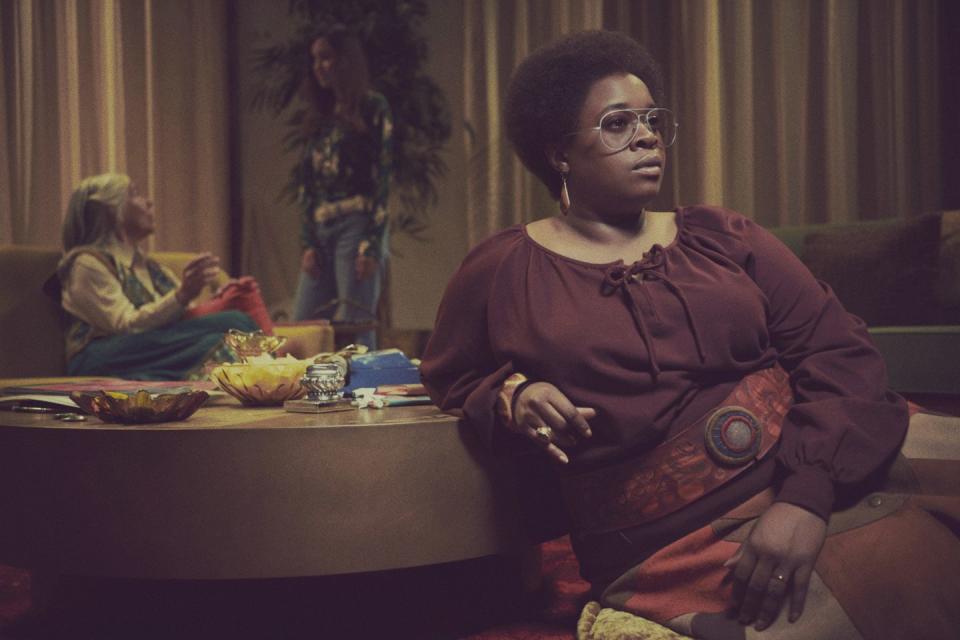
What did showrunner Dahvi Waller have in mind for the costumes?
The idea was that we would stay realistic, so that the images could be nearly from the time—more of a documentary style. But on the other side, I also gave the costume design a touch of a very contemporary vision, because I wanted the audience to really connect just with that moment, because we still are not where we would like to be with equal rights. I didn't want it to look like it was the past: no, it is actually contemporary.
What kinds of modern touches did you use?
How I use the fabrics and textures—I took away any kind of stiffness. We also see all the characters at home, so that always helps. You can give them a more personal touch at times.
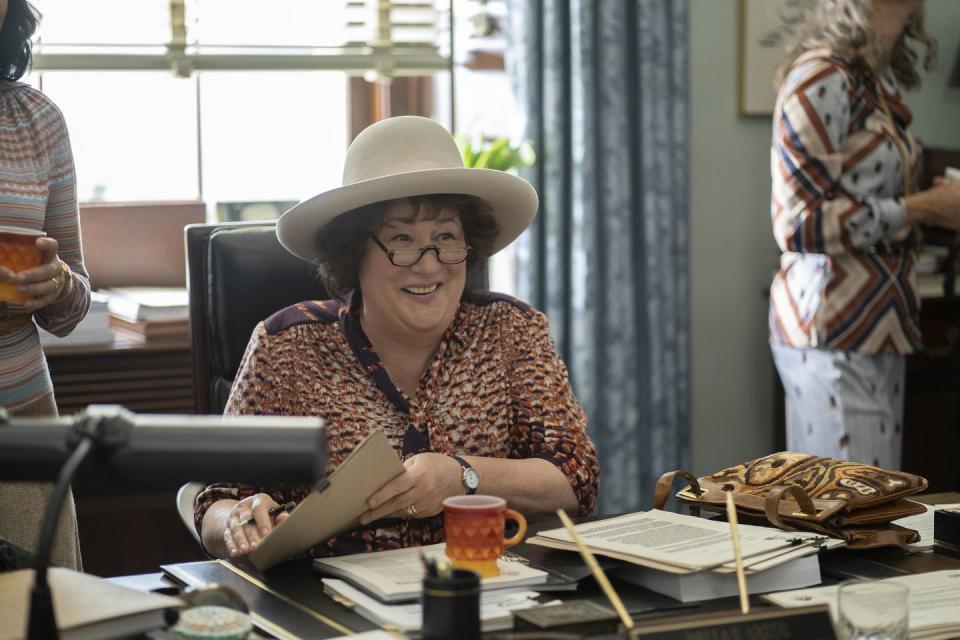
Aside from historical material, what else did you think about when balancing vintage and contemporary?
I think you're also inspired by the actresses themselves, in a fitting where you create the character. We had really long fittings and got really close, the actresses and myself. It was just a lot of fun because we have this amazing cast, every, all of them. They are so much fun and it was so joyful to work with them.
With the major characters, we really created everything from the jeans to the t-shirts to the blouses to the suits. Everything was made.
Did you also source vintage pieces?
I had a huge stock of beautiful, beautiful high-end vintage clothes. I did a shopping tour for all the vintage fairs, and of course I enjoyed using these vintage clothes for [the actresses with] smaller parts. They were some very special women, and it was amazing to dress them.
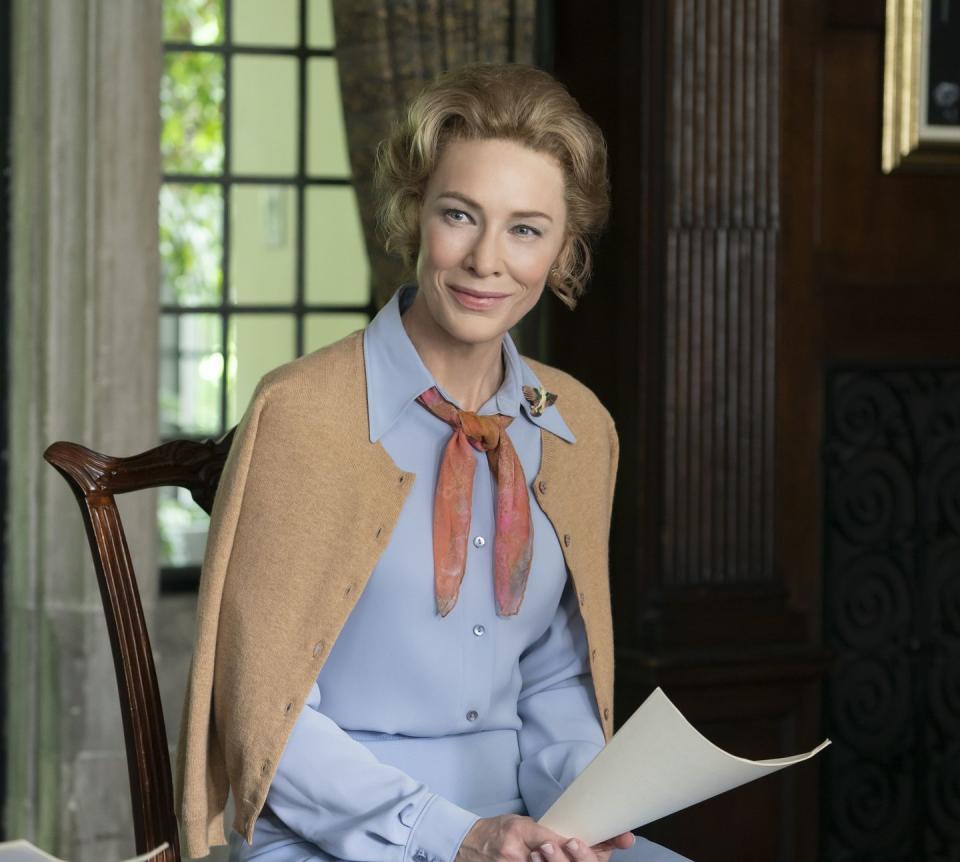
What was it like to work with Cate Blanchett, after previously collaborating on Manifesto?
I feel so privileged that I could work with her twice because she is such, she's such a fast thinker and has so much ideas and jumps from one idea to the other and wants to know her character so deeply.
She comes in with so much energy that you get lifted to another level with what you want to reach and what you want to do. And you never want to stop, just create another thing for her or another one, you know, because she's a continuous inspiration. She's always there, always on point and always, "What else can we do?" and, "Oh, I love this," and, "Why don't you go from this to this?"
Schlafly had a lot of great looks, but that American flag bikini she's first introduced in is a real statement.
My idea was actually more inspired by a '50s bikini. You know, at the beginning of the show, all the women around Phyllis, they are a little bit stuck in the '50s and '60s.
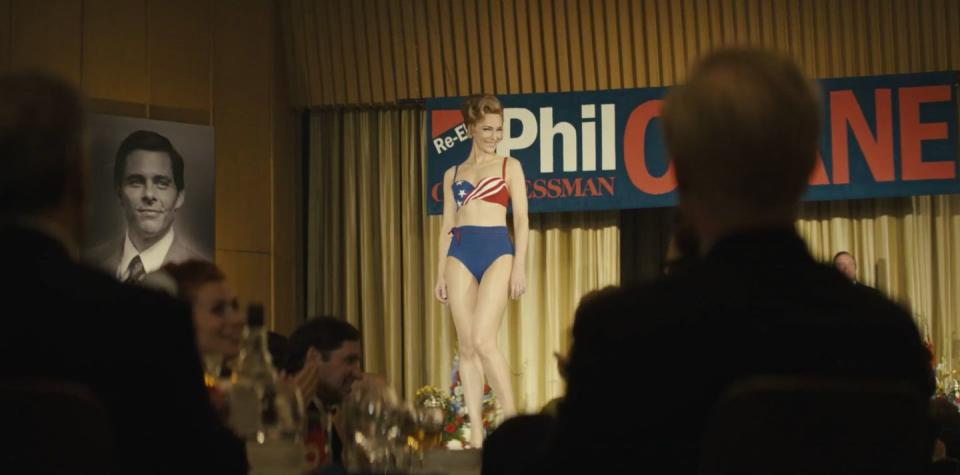
Was there a particular character that you had the most fun with?
You know, I was thinking about that, and with Phyllis Schlafly of course, we had fun in the fitting because Cate and I get along so well. But her outfits were not so much fun because she's this conservative woman. So I had much more fun with all the feminists.
It seems like a lot of the real people that are depicted in the show have kind of a fashion gimmick, like Gloria Steinem and her glasses or Bella Abzug and her hats. How did you go about incorporating that into their costumes?
For example, Gloria. The show is telling 10 years of her life. So in the beginning, how she's dressed is completely different than at the end. We start in the beginning of the '70s. Gloria still was wearing miniskirts. Later on, she a complete other language with her clothes; she was much more relaxed. She was, most of the time, in just jeans and a T-shirt.
So, it was never only about her glasses, it was about her growing up in her personality, getting older, getting more experienced. All these women, in the 10 years that we are depicting in our show, they grew up, they become more important. They become much more professional. They just learned what they want. Truly, just what they went through, it's so important.
So they had, the glasses, an accessory that is well known and is there—but somehow this, the story is so much more important. The way I see it, the clothes, they help actors to be their characters. But at the end what's important is what stories they tell, and what's written in the script.
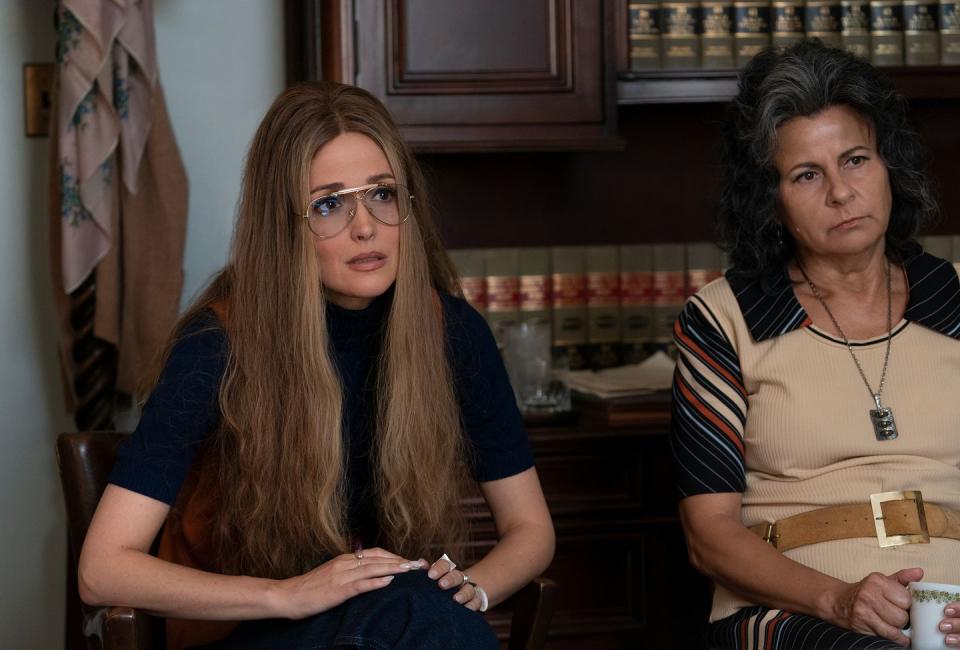
Were there times when you were particularly focused on that—that their clothes aren't important?
At the conventions, they were so busy. They just wanted—they went there to work. They didn't pay so much attention. Like it was not an important thing to get dressed.
They had to do all the discussions and the meetings. And you can see that when they are there, they didn't really change. You know, you can follow it. The convention went for four days, it's nearly the same outfit they're wearing.
Yeah, they have other things to worry about.
Yeah. [Laughs.]
You Might Also Like

